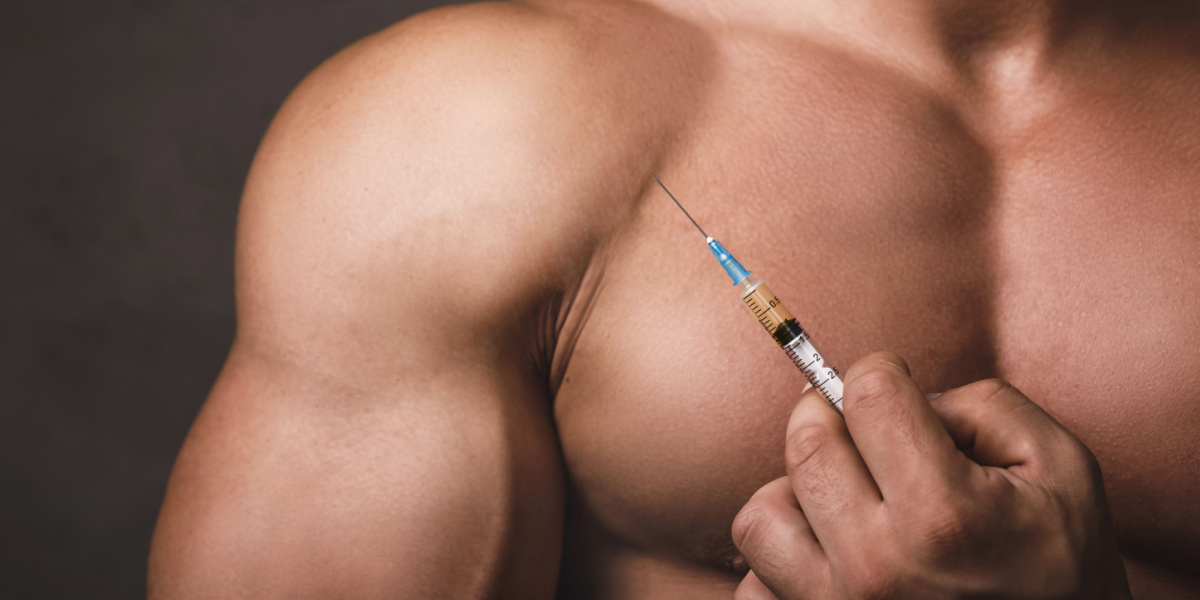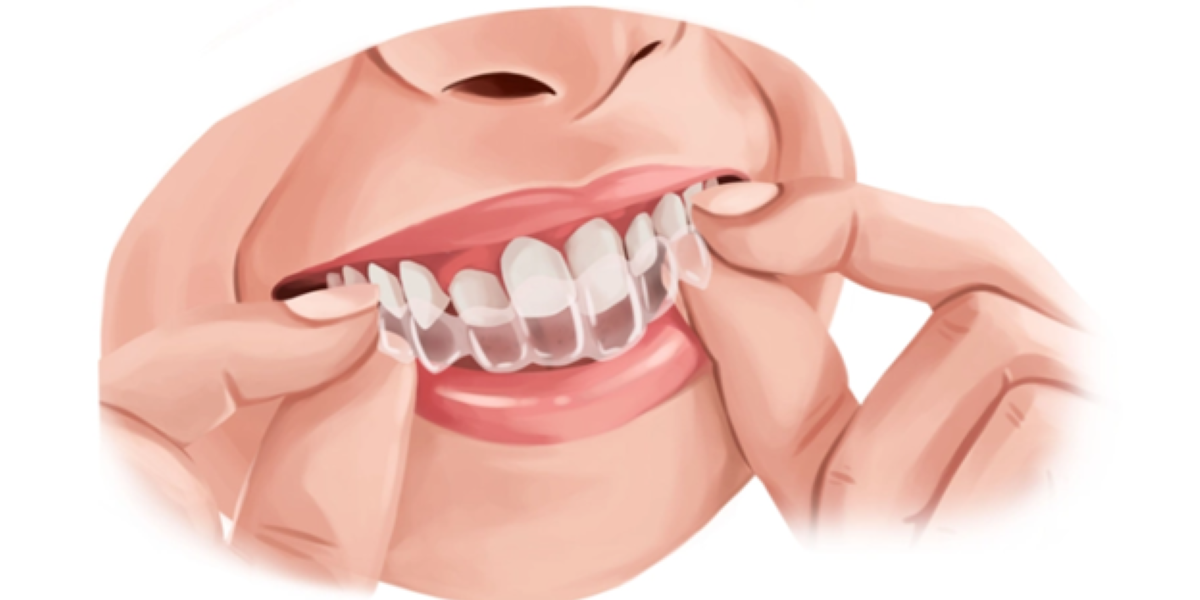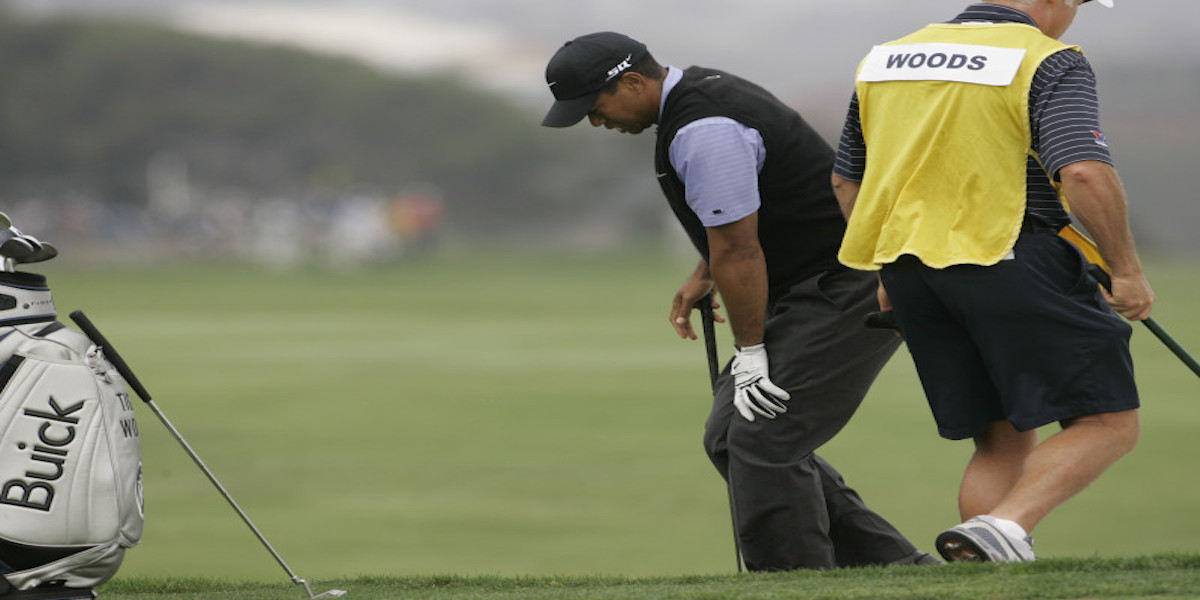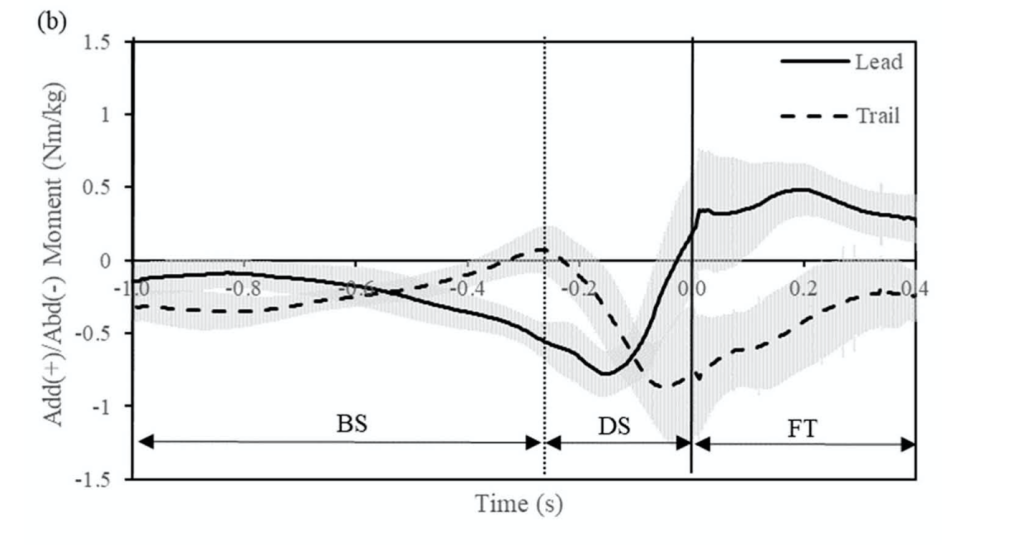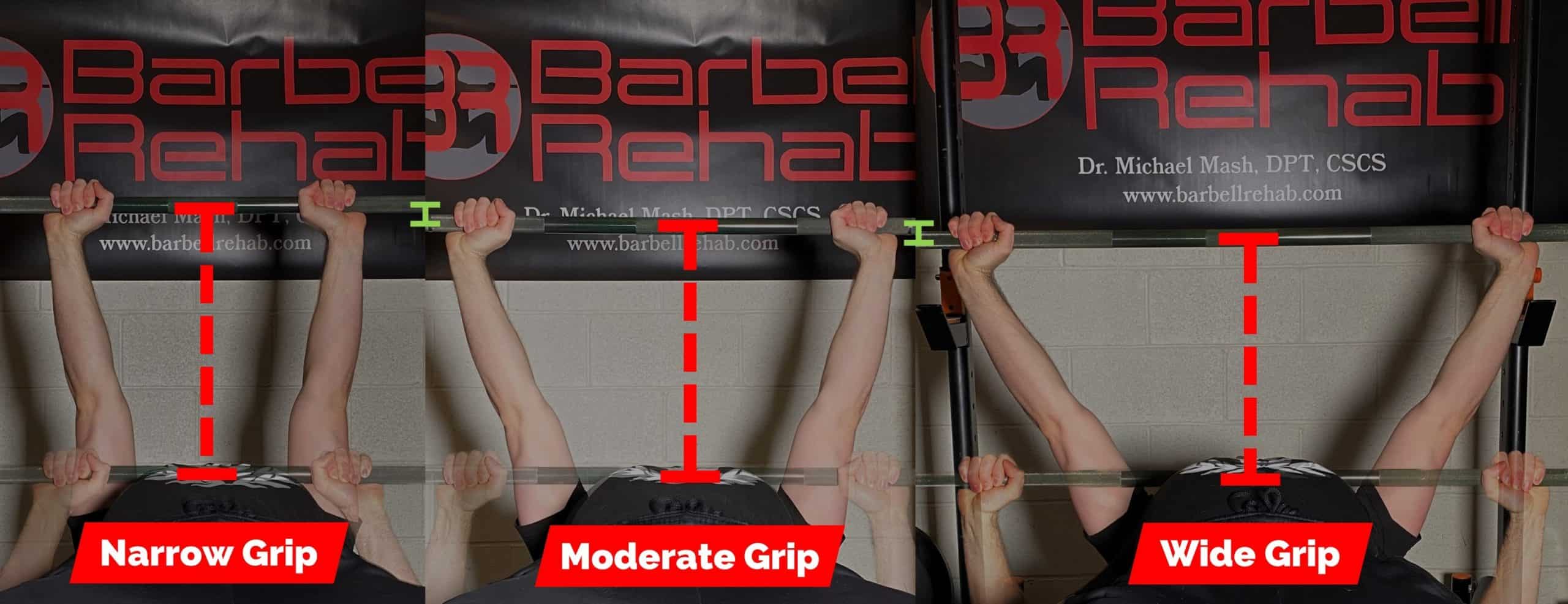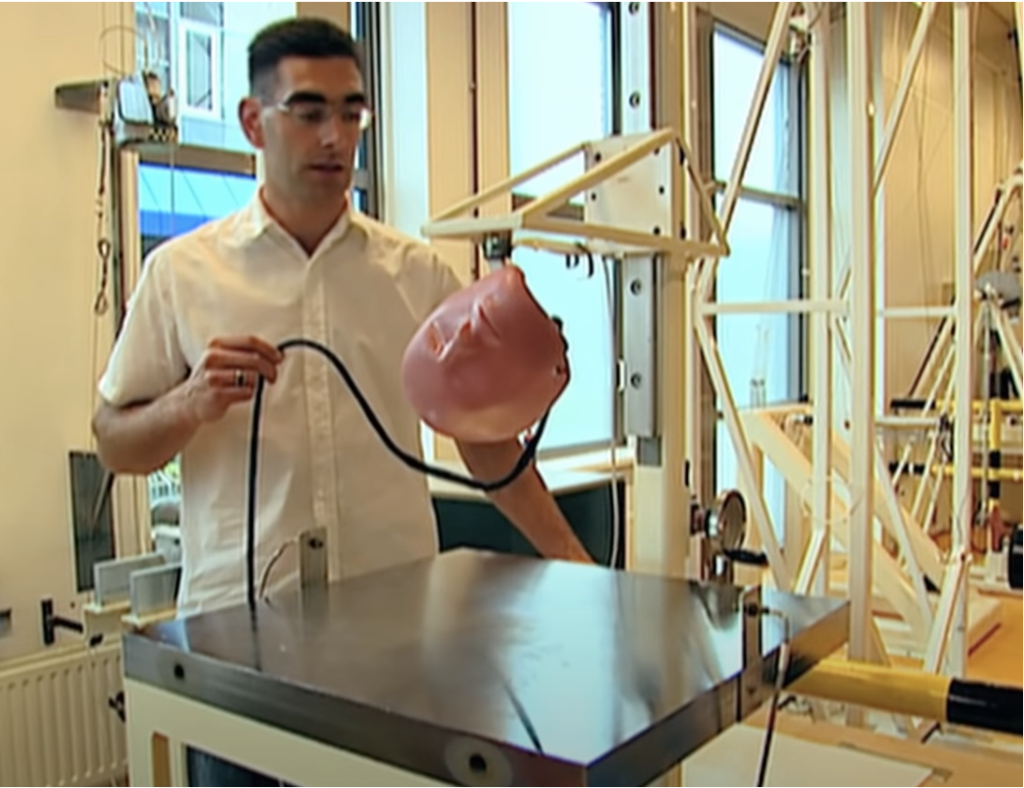What is the most difficult thing to do in sports? Many fans and journalists say it’s hitting a home run in baseball. It isn’t so hard for everyone though- Barry Bonds racked up 762 of them across his MLB career, setting the record for the most home runs ever hit. But what fans also remember are the allegations that Bonds used performance-enhancing drugs to gain a step on the competition. But how much of his success should really be attributed to steroids?
Continue reading “How steroids affect muscle growth and performance”Category: 2023 Fall
Under Pressure – How Underwater Environments Affect SCUBA Divers
SCUBA diving allows for the exploration of new environments, but with these environmental changes comes a danger. With over 2 million recreational divers and 3,000 commercial divers in the United states, it is important to understand these dangers and improve diver safety. As depth and pressure increase, the force exerted on the body increases at a rate of 1 atmosphere per 33 feet. The body itself is fairly good at withstanding this pressure. The danger comes from its effect on gasses inside the body. Compressed air takes up less volume for the same amount of matter, meaning that it takes more air to fill the lungs at depth, causing divers to go through air faster than they would at the surface.
Continue reading “Under Pressure – How Underwater Environments Affect SCUBA Divers”Dancers: Athletes or Artists?
Throughout history, there has been a long-standing debate about whether dancers should be classified as athletes or artists. Athletes need strength to be proficient in a sport. Artists require creativity to produce works of art. Dancers combine strength with artistry to not only leap high into the air but also look graceful as they do so. Yet, many people still refuse to classify dancers as athletes or even as athletic artists.
Continue reading “Dancers: Athletes or Artists?”Invisalign: A Perfect Alternative to Traditional Dental Braces?
Did you ever have dental braces as a child, or perhaps later in life?
If so, then you were experiencing biomechanical forces in motion within the confines of your own mouth! The mechanical basis of dental braces is actually quite simple: brackets and wires apply forces and moments to your teeth in order to push, pull, or rotate them into their proper positions. Since 1998, the “Invisalign” technology has offered the aesthetically pleasing alternative of clear (invisible) retainer trays in order to satisfy a growing societal distaste for the visual appearance of traditional braces. Perhaps those who remember the social anxiety that came with having braces (especially at a younger age) might be jealous of this new alternative! But is this technology just as effective as traditional treatment?
Continue reading “Invisalign: A Perfect Alternative to Traditional Dental Braces?”Air or water? A glance at the conflicts between flight and dive in seabirds
If you were to ask yourself the best way to reach the bottom of an Olympic-sized pool, what would first come to your mind? Most of us would probably say swimming upside down or diving on expiration, i.e. exhaling air from our lungs to sink to the bottom.
In this article, we explore the intriguing nature’s response to this question in the specific case of seabirds, capable of diving as well as flying, which inevitably gives rise to biomechanical conflicts between these two types of locomotion. Understanding energy costs in seabird displacement functions is crucial for a deeper grasp of their natural evolution and behavioral habits.
Continue reading “Air or water? A glance at the conflicts between flight and dive in seabirds”Knee Pain from Golf? Look No Further.
If you like golf, you probably remember watching Tiger Woods win the 2008 U.S. Open with a torn anterior cruciate ligament (ACL). This may have seemed like a rare injury for a golfer, as most golf-related injuries involve the lower back, but knee injuries due to the golf swing are more common than you may think. In fact, the prevalence of knee injuries in golf is roughly 18%, with an even higher percentage when you only consider the elderly. Since most of these injuries are a result of overuse, it is important for golfers to understand why these injuries occur if they want to keep playing for years to come.
Read More: Knee Pain from Golf? Look No Further.Unlike traumatic injuries in high-intensity sports like football or basketball, most golf-related injuries are the result of overuse. As for the knee joint, there are multiple mechanical factors in the golf swing that contribute to overuse injuries. During the downswing, the lead knee rotates rapidly from a state of adduction (external rotation) to a state of abduction (internal rotation). This creates an abduction moment on the lead knee, which can cause ACL tears. The graph shows a plot of adduction/abduction moments on the knees during a golf swing, which was measured using force plates and retroreflective markers on golfers’ legs.
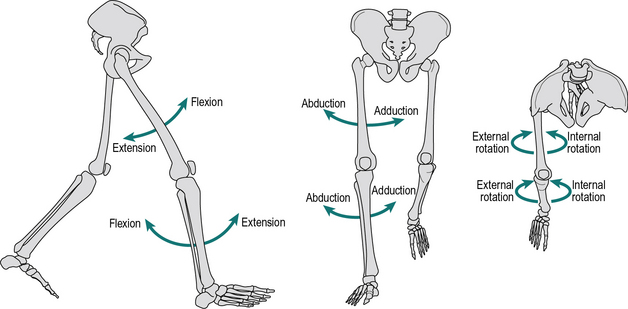
The magnitude (roughly 1 Nm/kg) is not large enough to cause traumatic stress on the ACL but is enough to potentially cause an injury over many repetitions of the golf swing. In addition to rapid rotation, the lead leg undergoes rapid extension during the downswing. The combination of these movements in large volumes over time can lead to other ligament tears or osteoarthritis. Osteoarthritis occurs when tissues in the joint break down over time.
In addition to these biomechanical movements, other factors like pre-existing knee conditions play a significant role in golf-related injuries. Over 30% of golfers with previous knee pain feel that golf has made their symptoms worse. The same is true for golfers with a previous total-knee arthroscopy (TKA), as nearly 34.9% experience pain after playing. Considering that golf is very popular among the older population, it is important to understand how to limit the risk of injury in the golf swing.
While the golf swing can lead to overuse injuries, there are a few preventative methods golfers can implement to protect their knees. Several studies recommend that golfers rotate their lead foot open (towards the target) by roughly 30 degrees. This decreases the stress on the medial (inner) side of the knee, a common area for osteoarthritis. Another adjustment golfers can make in their setup is how close/far they stand from the golf ball during the swing. Standing closer to the ball lowers the peak abduction moment on the lead knee, while standing farther away reduces the peak adduction moment. Depending on which area of your knee is in pain or has experienced previous injury, you may want to implement these adjustments to your setup. If you are experiencing pain on the inside of your knee, you should stand closer to the ball. Conversely, if your pain is on the outside of your knee, you should stand further away from the ball. Other preventative methods include warm-up stretching and regular exercise to activate and loosen the knee joint and surrounding muscles. If you’d like to learn more about these preventative methods, click here.
Raising the Bar: Analyzing Grip Widths and Bench Press Performance
How much do you bench? With the bench press being one of the most popular and effective ways to build muscular size and strength, this question will be asked in weightlifting circles forever. Whether motivated by gaining otherworldly strength or sculpting a dream physique, a large bench press is coveted by gym goers around the world.
The bench press is an upper body weight training exercise where an individual lies on a flat bench with their feet on the floor while repeatedly lowering and raising a loaded bar. The bench press is often broken down into two phases: the eccentric phase (lowering bar to touch chest) and concentric phase (pressing the bar off the chest). When building a strong bench press, nothing is more important than a weightlifter’s technique when performing the movement.
While sounding like a relatively simple exercise, the intricacies of the bench press form largely surround where a lifter grips the loaded bar. The width of an individual’s hands on the bar during a bench press, commonly called grip width, plays an important role in muscular activation and force exertion during the lift. Grip widths are often measured with respect to shoulder width, or bi-acromial distance, in three different grip lengths: wide (around 1.7 times shoulder width), medium (1.4 times shoulder width), and narrow (shoulder width).
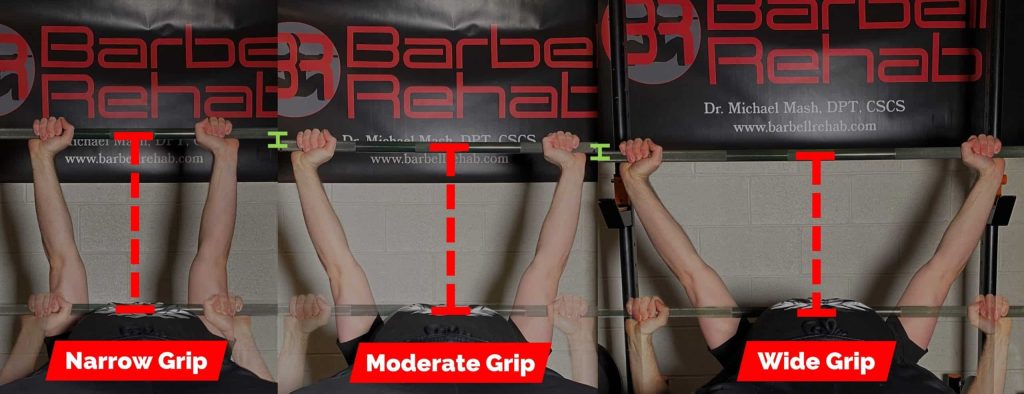
The bench press activates three primary muscles: the pectoralis major, anterior deltoids, and the triceps brachii. Muscles in the body have directional fibers that sustain loads most effectively when moving along the direction of their fibers.
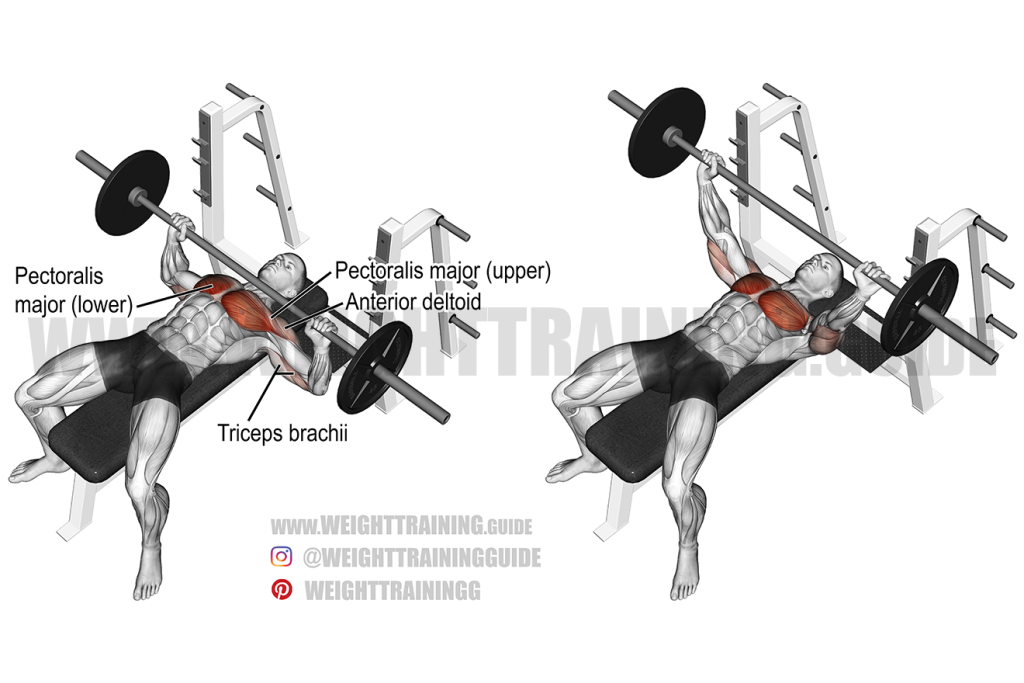
With different grip widths, weightlifters naturally have different levels of shoulder abduction, shoulder rotation away from the centerline of the body, and elbow positioning during the exercise. Grip width impacts muscle activation because different levels of shoulder abduction and elbow positioning align better with the directional fibers of the primary muscles in the bench press. For example, a study explained that grip widths wider than 1.5 times shoulder width resulted in shoulder abduction greater than 45°. When this angle increases the anterior deltoid becomes more involved in the bench press. The largest muscle activated in the bench press is the pectoralis major. The grip width variation that activates the pectoralis major most effectively exerts the most force. The pectoralis major is activated most with the medium and wide grip widths.
In addition to varying levels of muscle activation, different grip widths also play a key role in an individual’s ability to exert force. Most failed bench press repetitions occur at the bottom of the bench press, in a region called the “sticking position”. In the sticking position, the primary muscles activated in the bench press are put in a poor position to exert the forces required to move the loaded bar. A biomechanical study explains that the medium and wide grip widths place the shoulder in more advantageous positions in the sticking position to move greater loads when compared to the narrow grip widths.
However, one study found that grip widths larger than 1.5 times shoulder width leaves the shoulders in a more vulnerable position for injury. Therefore, the safest and most optimal bench press grip width is a medium grip, around 1.4 times shoulder width, to maximize muscle activation, force exertion, and reduce risks of shoulder injuries.
To learn more about the biomechanics of the bench press check out these papers by Calatayud and Tillar.
How do Plants sense Gravity?
Plants come in all shapes and sizes, though they are usually green and rely on energy from the sun to stay alive. More often than not, they grow upwards, leaving their roots to grow further into the ground or even out of their planter entirely. But what about when it isn’t a simple question of up or down? Some trees in rugged terrain, like mountains, for instance, survive by growing both left to right and upwards. Their roots may be engrained in the side of a cliff, where they are not directly below the plant’s growth. How is it that plants can sense gravity, and know which way to grow? How can gravity affect their growth?
Wreckage Before the Real Crash: The Biomechanics of Crash Test Dummies
Every 25 seconds, someone is killed in a car accident, resulting in more than 1.25 million deaths worldwide each year.
As a result, dummies are an important tool used in many safety tests for car crashes, and they help to inform many design decisions for automobile manufacturers. Since these dummies are used to assess human behavior in many types of situations involving collisions, swerving, and other performance measures, the primary goal for dummy creators is to imitate human response as closely as possible using artificial means.
Read more: Wreckage Before the Real Crash: The Biomechanics of Crash Test DummiesTherefore, biomechanics plays an integral role in dummy design, from choosing materials that accurately reflect limb stiffness, to assembling ball-and-socket joints that sever when undergoing a certain threshold stress or strain. There are many techniques that researchers use – from computational models to in-field testing – to ensure these dummies reflect the parameters and properly inform the design decisions they are a part of.
Manufacturers routinely spend millions of dollars each year to develop and fine-tune the dummies (or more technically known as anthropomorphic test devices or ATDs) that they implement in their testing procedures. Its history can be traced all the way back to 1949, where the US Air force implemented a dummy for test ejection seats, while they were first implemented commercially by General Motors more than 30 years later. They have undergone many advancements in terms of their accuracy and manufacturing efficiency, arriving at the now ubiquitous Hybrid-III model, which resembles a 50th percentile adult “family man” male that is used in almost all testing simulations. Although many cadever models have been explored, these artificial models offer the most consistent and reliable solution to testing needs, which involves blunt head-on crashes, various types of rollovers, and other rear-based and side-based collisions. By equipping dummies with different kinds of sensors, primarily consisting of MEMs accelerometers and other force transducers, dummies provide predictive power on the impact of different simulation parameters on driver safety and other outcomes.
Dummy performance analysis can be found both in creation of the dummies, ensuring the dummies have the correct human mechanical properties, and in dummy testing, anticipating damages in crashes. Both see a heavy cross-section in biology and mechanics, best illustrated by the head-drop test in the initial development stage. Here, a dummy head undergoes a drop from a predetermined height, and sensing systems ensure the model has optimal weight and damping properties in comparison to in vivo concussion testing. This way, when the commonly used QMA Series 3 DoF Force Transducer later measures neck whiplash force (the most common cause of car crash injury), testing models can be confident such data will reflect real-world collisions. These kinds of before and after tests are used in all parts of the dummy, from parts as large as the lower back, to parts as small as the hinge joint in a finger knuckle. Such precision is needed in all areas to increase the predictive power of dummies, since details like Young’s Modulus (a measure of stiffness) in the chest area affects steering wheel impact displacement, while the coating paint consistency affects the skin abrasions associated with friction and rubbing. Each part of the dummy is crafted meticulously, and as such, the manufacturing and design process of the dummies involves a fast knowledge of physics, biology, and everything in between. Some additional overviews and readings can be found here and here.
Move Over Band-Aids, the Gecko is Here.
Band-Aids and stitches have been around forever. They are safe and common ways to address everything from paper cuts to deep wounds. However, these technologies each have their own drawbacks and researchers have looked to nature to improve upon them; enter the gecko, more specifically their feet. The goal of these scientists was to use the adhesive properties of a gecko’s foot pads as an alternative method to hold wounds closed, but how does this work?
What Makes Geckos so Clingy?
A gecko’s foot pads are unique instead of relying on any sticky substance, their toes have rows and rows of setae. Setae as you can see below are essentially rows of microscopic hooks that can cling in one direction. This causes no damage to the surface and because of the ways the setae are oriented, they are easy to remove from the surface in one direction. This is what allows a gecko to both cling to and easily remove their feet from a surface, or in our case makes adhesives made with this technique both secure and easier to remove than their counterparts.

The Importance of Stickiness
Human skin is actually quite a rough surface that undergoes a lot of compression, tension and is further complicated by the existence of hair follicles and sweat. All of these factors make attaching anything like the gecko-based dry adhesive to the skin a daunting task. To get around this, bandaids rely on overpowering amounts of sticky substance and stitches are woven into the skin. This means that upon removal more damage and irritation to the wound can occurs. In a study the adhesive force of this technology was tested as well as the removal difficulty. It was found that this new method can achieve maximum closing forces slightly below that of sutures and is easier to remove than a bandaid of the same size. Notably, it does perform worse in wet or very humid conditions, so waterproof band-aids have a bright future.
The Design
A team of researchers published a study outlining the design, benefits, and drawbacks of a medical adhesive designed to mimic the gecko. This design encompasses the wound while providing a closing force to keep the wound closed. The amount of closing force imparted can be altered by changing both the number of legs and their thickness.
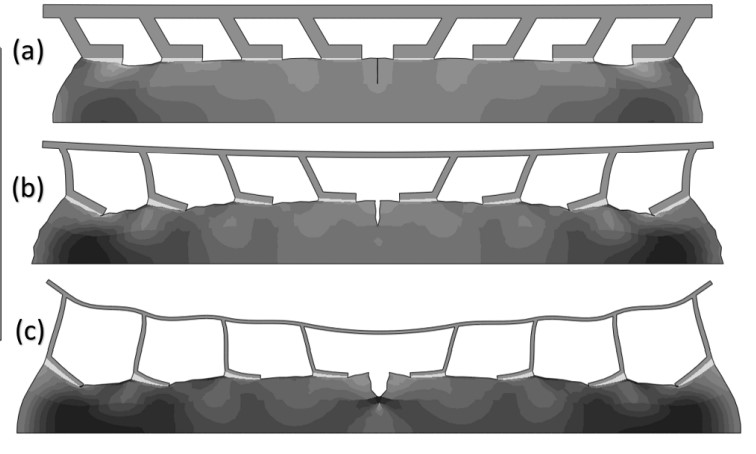
This is important because it means this method can be adapted to match the type of wound it is addressing. For a small cut a small adhesive with few legs can be used whereas, for a more serious wound, a larger adhesive layer with more, thicker legs will be used. This method also allows for air circulation allowing oxygen to reach to wound which promotes healing better than traditional methods. Using a gecko adhesive also minimizes wound irritation which can be a problem, especially for stitches and sutures which often cause irritation and even infection. Finally, this dry adhesive surface is biocompatible and can be made biodegradable. This means they will not react negatively with the skin and can safely dissolve in the body. This makes it a very desirable alternative to sutures which must be removed after insertion causing further wound irritation and requiring another visit to the doctor.
So while it may take a few years still don’t be surprised if you see dry adhesives for wound closings popping up on shelves; and when you see them know that they were inspired by the gecko. If you would like to learn more keep reading here.
